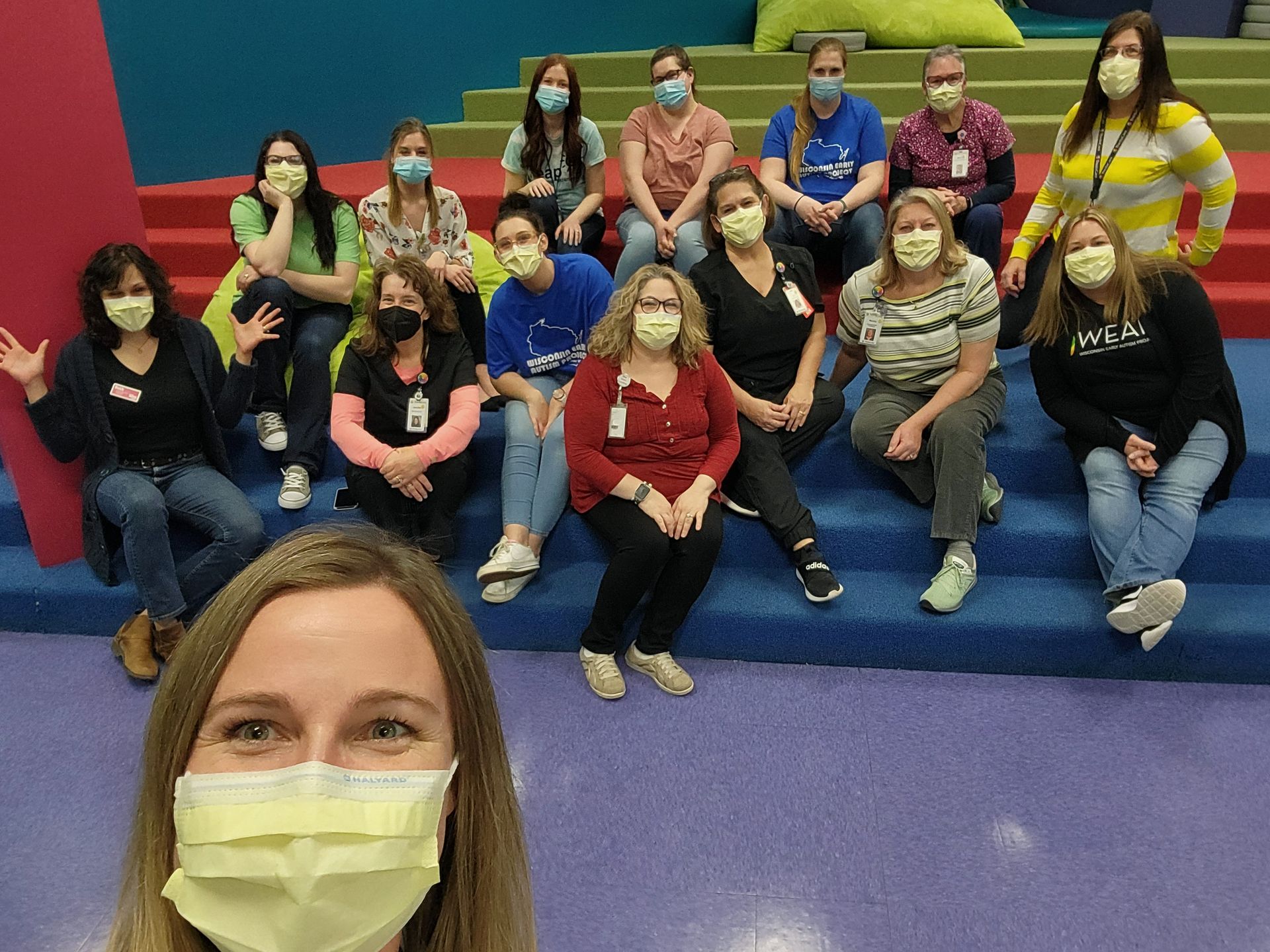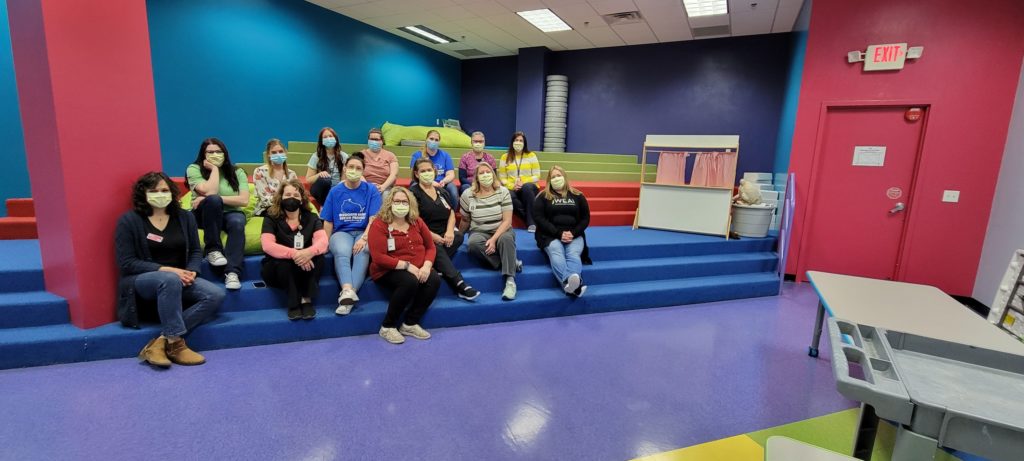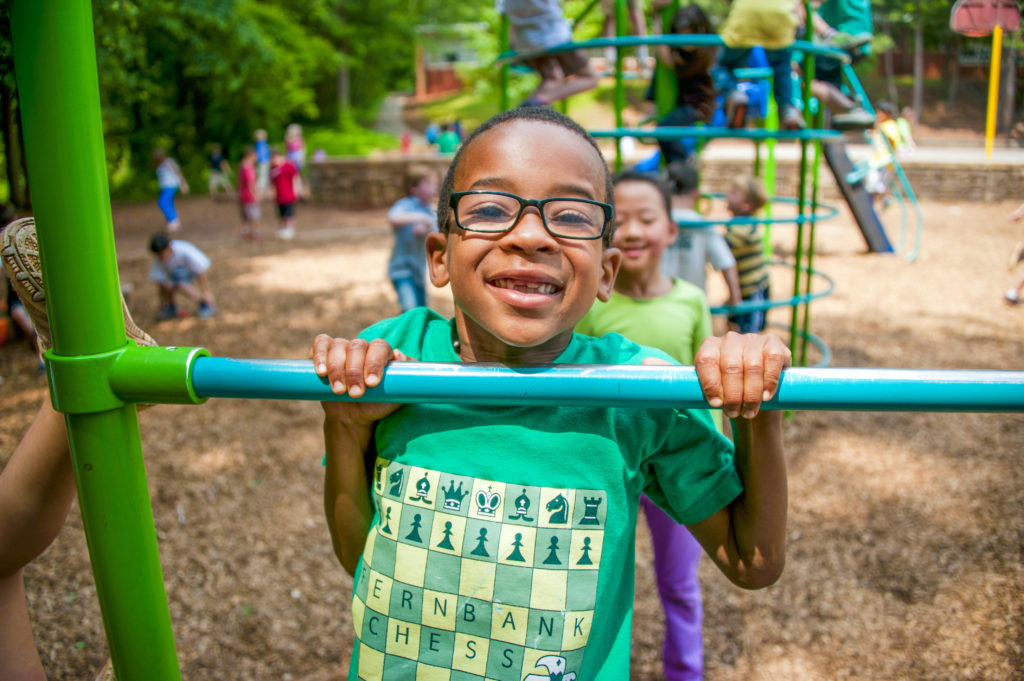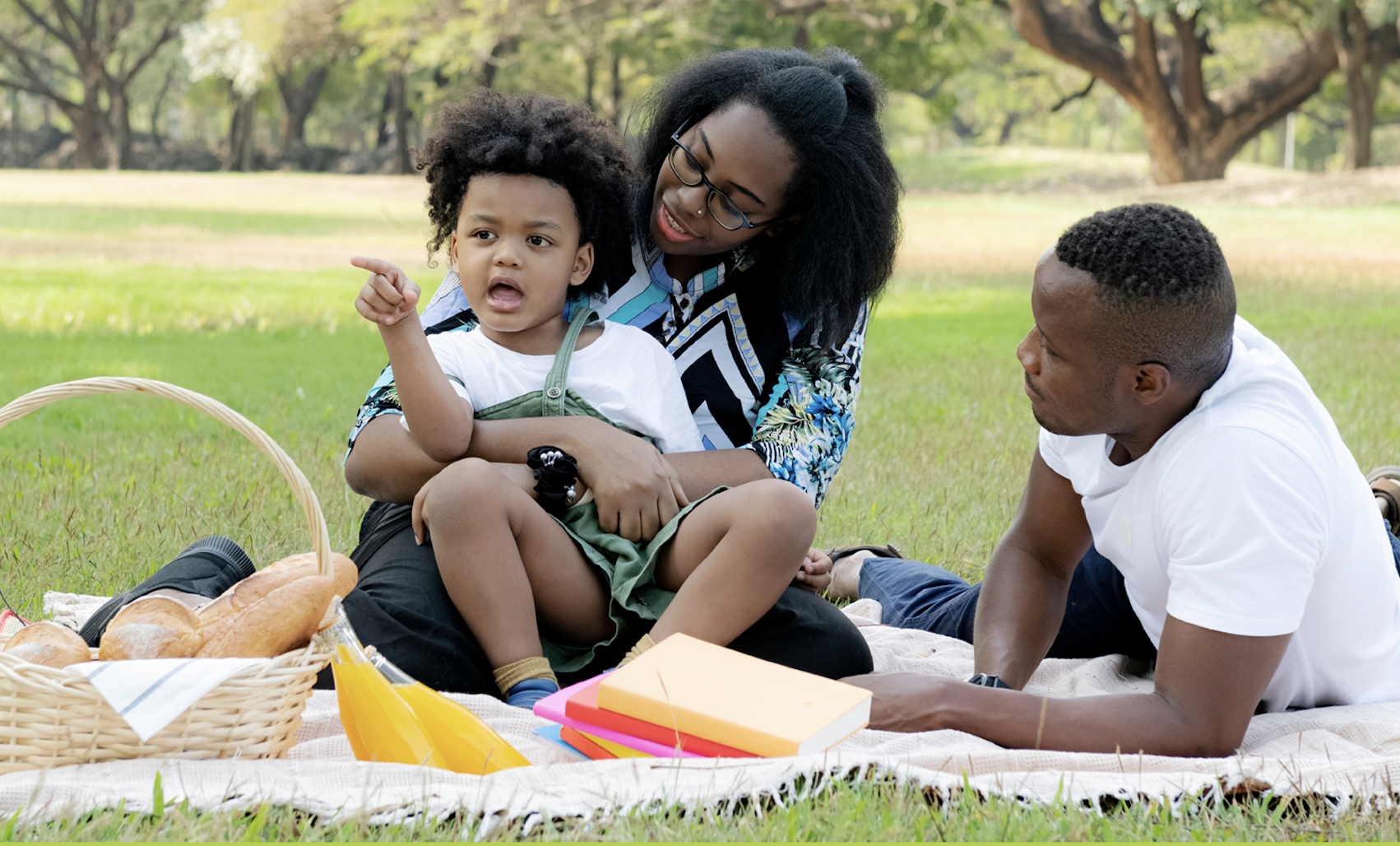Six Steps to Prepare Your Child with Autism to Interact with Police
FEATURED POSTS
April 22, 2024
April 18, 2024
April 16, 2024
Blaring lights, screeching sirens, looming strangers with shiny badges—encounters with police can bring an overload of sensory experiences, making it difficult for kids and adults with autism spectrum disorder (ASD) to respond calmly to an approaching officer. As headlines report and data reflects, these encounters can lead officers to assume people with autism are defiant individuals who purposefully evade questions, refuse to make eye contact, and engage in physical behaviors interpreted as unruly or disrespectful.
The list of misguided assumptions is long—and the consequences alarming, ranging from New York police officers throwing a 17-year-old to the ground and punching him in the face to an officer at a North Carolina school restraining a seven-year-old in handcuffs on the floor for 38 minutes. Likewise, in 2017, an Arizona police officer pinned a 14-year-old to the ground, mistaking the young man as a drug user, instead of a teen with autism attempting to calm himself by stimming.
Sadly, incidents like these increase for black and brown kids and adults with ASD, with studies indicating a higher risk of a violent encounter. As Jackie Spinner, an associate professor at Columbia College Chicago and parent, writes in a Washington Post opinion piece: “I worry that as a teenager or young black man, if my son wears a hoodie, someone might call the police because he looks threatening. If police approach him and he doesn’t react in a typical way, would they wrestle him to the ground? … would my son beg for breath?”
As stories like these accumulate, autism advocates, parents, and legislators alike are speaking up about the need to train police to better recognize and understand ASD—and, on the flip side, train individuals with autism to interact effectively with police. How can you, as parents and caregivers, attempt to safeguard your child with ASD from a negative, or, worse yet, tragic, encounter with police? Here’s what we recommend:
1. Find out what training, if any, local police receive on ASD.
With research linking a higher rate of police violence to individuals with autism and other disabilities (see, for instance, a 2017 study from Drexel University, in addition to 2019 research from Children’s Hospital of Philadelphia), efforts are underway to pass legislation enforcing more and better national mental health and disabilities training for police. Under review now is the Law Enforcement Education and Accountability for People with Disabilities (LEAD) Initiative, which includes the Safe Interactions Act (SIA) and the Emergency Logistics Program (HELP) Act. To learn more about and even encourage your legislators to support these bills, visit the Autism Society’s Action Center.
Meanwhile, ask your local police station if their officers have undergone training on autism, whether at the county, state, or national level. In some states, like Florida, for instance, training is mandatory, but in plenty of states, it’s not. Many autism organizations provide flyers and fact sheets about ASD for law enforcement agencies and first responders. The National Autism Association’s free guide “Meet the Police” includes a great “What Is Autism” handout created especially for families to share with police.
2. Register your child with local law enforcement.
Another safety measure you can take is to register your child with your local police precinct and 911 database dispatch. To register, ask your local autism organization or police station for a form, which typically includes your child’s photo, contact information, medications, diagnoses (including allergies), behaviors, sensory issues, and calming mechanisms. That way, if the police is ever called to your house, your location will be flagged in the system, and the officer can learn about your child’s autism ahead of time. Likewise, if your child wanders or elopes, police and first responders can more quickly determine the best course of action to help your child through the stressful experience.
Keep in mind, too, that you can ask for officers trained in crisis intervention to help if your child or a loved one experiences a psychiatric emergency. Likewise, mental health helplines exist at national, state, and local levels to assist with deescalating (or reducing the intensity of) individuals in crisis. For instance, the National Alliance on Mental Illness (NAMI) offers free crisis counseling 24 hours a day. You can text NAMI at 741-741 to access these services.
3. Have your child carry an ID card, wear a medic alert bracelet—or both.
Dozens of identification cards exist on the market—or are available for free—that your child can carry in a wallet or pocket. Cards include basic information like your child’s name, age, diagnosis, and medications, in addition to the same ASD-specific information from the police registration form. See this list of ID card options from Autism Speaks. Keep in mind, too, that kids and teens who carry ID cards need to be trained not to reach in their pocket for the card without first alerting the officer, who could mistake the action as a reach for, say, a gun or knife.
Another option is to wear a medic alert bracelet. Many bracelets on the market now come with technologies like QR codes that allow law enforcement or first respondents to scan the bracelet to access information about your child from a database. These tech-based options require the extra step of uploading and remembering to update information, but when used appropriately, these bracelets can avert crises and save lives. Traditional options with engraved information can also work, and first responders are trained to look for the tell-tale stainless-steel bracelet with the blue or red snake with a stick and Star of Life. Plus, you can engrave essential information, such as “Autism” and “Tree nut allergy” on the back side.
4. Practice and role-play police encounters.
The more kids and teens can practice how to interact with police, the better prepared they’ll be in an encounter. In fact, researchers at the Center for Autism Research at Children’s Hospital of Philadelphia are experimenting with virtual reality training simulations for kids and adults on the spectrum, making it convenient to practice endless police encounters. While the simulation isn’t available yet, realize that you can role-play police encounters with your child the old-fashioned way at home. How?
Simply take turns being a police officer and a child with autism, adding whatever props you have on hand. As you play, teach your child to follow these tips from Pathfinders for Autism about interacting with law enforcement:
- Always show your hands. Never put your hands in pockets or grab for something in a bag.
- Stay in place—do not run.
- Never attempt to touch or hug a police officer. The same goes for an officer’s dog.
- Try not to stand too close to the officer. If you’re not sure about your distance, ask the officer, “Am I standing far enough from you?”
- Do your best to tell the officer that you have autism.
- If you don’t understand something, do your best to communicate that to the officer.
For examples of how to interact safely with police, watch Be Safe: The Movie, which features real actors with autism modeling appropriate encounters with real police officers. The film is broken up into seven episodes that, together, covers everything from disclosing a disability to police to expressing the right to remain silent. Created as an interactive tool, the film sets up opportunities for viewers to model and practice various scenarios—making it a perfect tool for role-playing.
5. Don’t forget social stories and picture books.
Of course, one way to prepare kids with autism for new experiences is to use social stories and books. Social stories are visual narratives that illustrate someone’s experience navigating an unfamiliar or potentially stressful situation or problem. In this sense, social stories give kids a chance to “practice,” in an indirect way, various scenarios with police. They can also reinforce key concepts and behaviors. Depending on the age of your child, you can work together to create a social story or create one yourself. You can also check with your autism provider about creating a series related to police encounters.
Picture books, too, can increase your child’s exposure to the role of the police, while helping your autistic child build language and communication skills. Explore this list of police-themed picture books, and another for children’s books about Black Lives Matter.
6. Use arts, crafts, and games to talk about racism, ableism, and the police.
Racism and ableism are sensitive topics that can feel difficult to broach, especially with young kids. You can make it easier by using art, crafts, and games. The Anti-Defamation League offers several ideas that use both crafts and games to initiate conversations about respect, diversity, inclusion, bias, and social justice. In one, kids create an outdoor obstacle course that everyone can access, regardless of their abilities or disabilities. In another, they design their own emojis that reflect aspects of their identity and culture.
As your family becomes more comfortable talking about things like racism and ableism, and as your child grows older, you can go deeper by exploring topics together like the history of the police force in the United States or the effect of George Floyd’s death on our communities. Two helpful places to find information on social justice issues presented in kid-friendly ways are the Southern Poverty Law Center’s initiative Learning for Justice (formerly Teaching Tolerance) and the New York Times’ Learning Network. Both offer ideas for educators and caregivers—and even publish young voices speaking out, writing about, and creating art reflective of efforts to create a more inclusive and equitable world.
As you take these steps to prepare your child or teen for a police encounter, remember that you can talk to your autism provider—and ask for help. At LEARN Behavioral’s national team of providers, we partner with parents to tailor treatment to the needs of your child and family. We also value social justice issues like the one presented here and believe in celebrating what makes each of us unique. Watch our video, “LEARN Continues to Push Diversity, Equity, and Inclusion Initiative Forward,” to find out more.



























